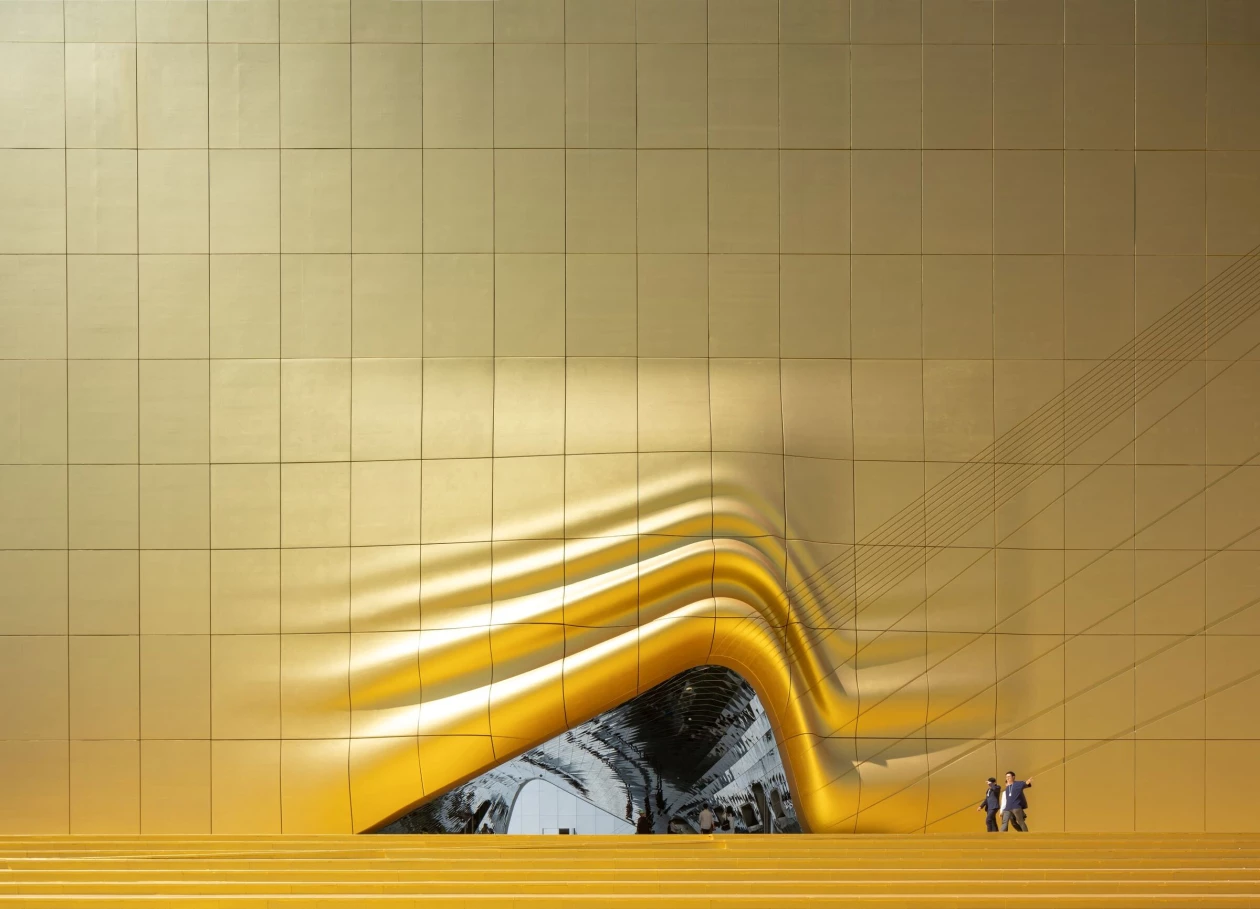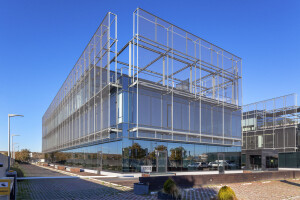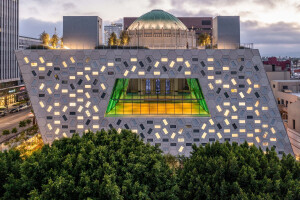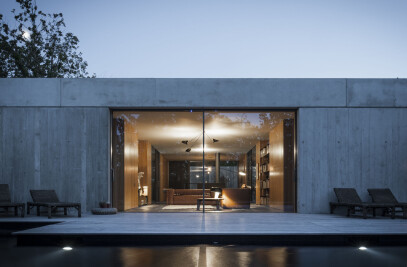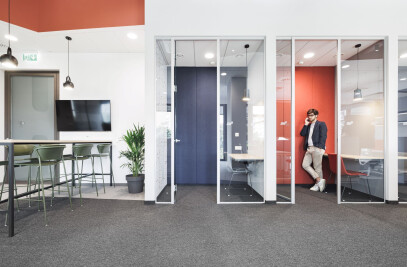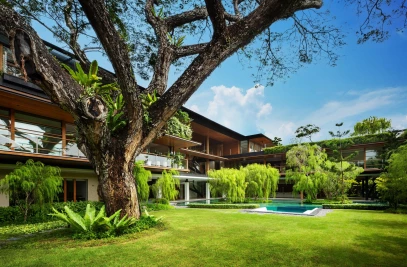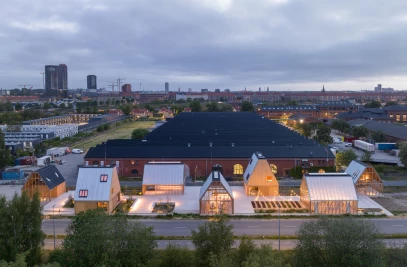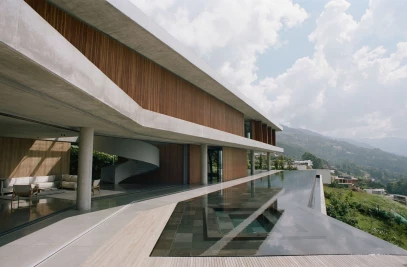Il calcestruzzo rinforzato con fibre di vetro (GFRC o GRC) è un composito leggero e resistente di cemento rinforzato con fibre di vetro. Può essere fuso a mano o a macchina in pannelli resistenti ma sottili, utilizzando stampi con una crescente varietà di forme e dimensioni curve e piatte, colori, texture e finiture. I rivestimenti in GFRC possono aiutare gli edifici a raggiungere un carattere monolitico, mentre i singoli pannelli possono essere dettagliati per offrire texture e forme ricche che conferiscono un livello di intricatezza visiva e tecnica agli involucri edilizi.
The pigment in powder can be used with GFRC mist to create specific color effects. Also the varnish and signature can be applied to GFRC to provide high protection or a wider range of colors. The panels may be applied to transparent rivets to adjust the movement of the moisture along the surface of the material, or even slightly. The panel may also be clear enough to offer varying degrees of rifle strength.
Appropriately applied as a parapioggia system, the panel in GFRC is specially designed to be fitted with a built-in structure or to the structure sigillata of a building, protecting the slab from the weather and allowing it to dry up and evaporate. The GFRC is an alternative to ceramic, cement, terracotta and other panel riveting systems.
The Audrey Irmas pad of OMA is riveted on 1,230 panels in GFRC, in a unified and round shape, with a fine line with varying angles of rotation. I panel its sound aggregate to create a strong design on the face of this monolith structure. The panel in GFRC is lightly watered and textured, with dark tones for the color to match the finish of the adjacent temperature.
The Heydar Aliyev Center by Zaha Hadid Architects is built on 3,150 GFRC panels produced by the Arabian Profile which covers 10,000 square meters of surface area and presents a single, double and personal triple curvature. This panel has an identifying microchip that contains all information relating to the specific panel. It is riveted by the complete geometry of the curva of the building and allows it to be built as a continuous volume if it is distanced from the flat surface of the surrounding piazza. I designed the panels to be parallel and to enhance the curvatura of the building.
L'Art Deco Project di Aranda/Lasch presenta una facciata di pannelli in GFRC sagomati che formano motivi ispirati alla plissettatura presente nell'architettura e nella moda Art Deco di Miami. I pannelli si aprono a ventaglio sopra i negozi a livello stradale dell'edificio per creare cassettoni angolari incassati nelle vetrine. Il motivo fluttua sottilmente in base al programma all'interno dell'edificio, ed è esaltato dall'illuminazione integrata nelle giunzioni dei pannelli.
4. Multi-Sport Pavilion and Classroom Complex
Il padiglione polisportivo e il complesso di aule dell'Università Francisco De Vitoria sono stati progettati da Alberto Campo Baeza. La facciata meridionale e le altre superfici più esposte alla luce solare sono rivestite con grandi pannelli planari in GFRC che, secondo l'architetto, aiutano l'edificio a raggiungere la sobrietà visiva e il rigore formale. La struttura sottostante del padiglione sportivo è realizzata in cemento armato.
5. The Veil
The Veil di Archea Associati è un hotel di cinque piani ad Astana, in Kazakistan. È rivestito in GFRC che funziona come un sistema visivamente vibrante di lamelle verticali, come drappi e pieghe di tessuti pregiati che si muovono al vento. I pannelli pigmentati sono abbinati a una tavolozza di legno e acciaio corten in contrasto con le superfici in vetro. La solidità del rivestimento è caratterizzata da diversi gradi di taglio che permettono alla luce naturale di penetrare negli spazi interni.
6. The Goodtime
Il Goodtime di Morris Adjmi Architects è un progetto di riuso adattativo di un hotel nel distretto storico Art Deco di South Beach a Miami. La torre e l'ingresso dell'edificio sono rivestiti con pannelli scanalati in GFRC prodotti da GFRC Cladding System, LLC. Le scanalature che compongono la facciata sono una reinterpretazione moderna della scala e del ritmo delle lesene visibili su molte facciate storiche del quartiere circostante.
7. The Imprint at Paradise City
L'Imprint a Paradise City, un complesso per l'intrattenimento e l'ospitalità a Seul progettato da MVRDV, è rivestito da un involucro che proietta i disegni delle facciate degli edifici immediatamente circostanti. Questi sono "drappeggiati" sulle semplici forme dell'edificio e sulle piazze come un'ombra, e impressi come un motivo a rilievo utilizzando 3.869 pannelli in GFRC con diversi stampi unici. I pannelli sono dipinti di bianco per enfatizzare il rilievo.
8. Arter Koç Foundation Contemporary Arts Museum
Il Museo delle Arti Contemporanee della Fondazione Arter Koç, designed by Grimshaw, presented a solid volume which hosted the positive gallery riveted by 1200 panels in GFRC produced by Fibrobeton . Riflettono il sole che si muove atraverso la museo del giorno. The ricca tavolozza of light and the mutated shadow animated the building and provided a coinvolgent and contemporary reinterpretation of the story facilitated in a mosaic of Istanbul.
The LAND Community Center of EID Architecture used the GFRC to rivet the sculptural base of the building, in contrast to the upper volume of the glass. Secondly, the architecture is a experimental combination of digital fabrication and local craftsmanship to produce prefabricated panels in GFRC, and its modeling to create a dynamic surface enhancement effect.
10. Prior Performing Arts Center
Il Prior Performing Arts Center di Diller Scofidio + Renfro è rivestito con pannelli GFRC di grande formato prodotti dal produttore di rivestimenti David Kucera, che si attorcigliano in relazione alla facciata. Il rivestimento in GFRC è abbinato all'acciaio resistente agli agenti atmosferici per offrire contrasti di texture ed evidenziare l'effetto di due forme che si incastrano, fornendo una transizione fluida tra pareti e coperture.
